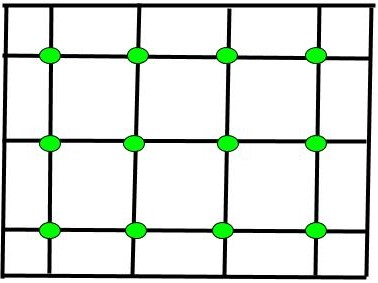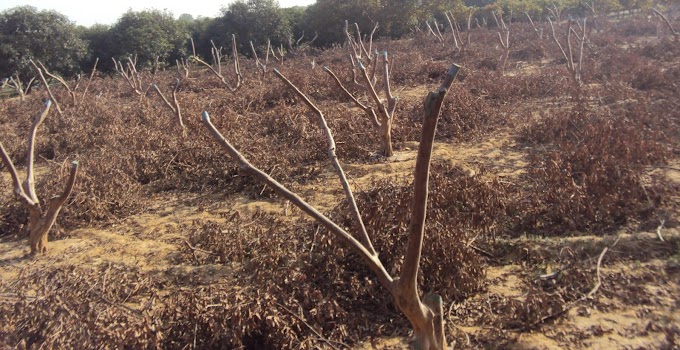Seed and bud dormancy
Ethylene stimulates the action of hydrolytic enzymes and thereby overcomes seed dormancy and promotes germination. It is reported to overcome the seed dormancy in seeds of apple and lettuce and promotes the sprouting of buds in potato tubers, rhizomes, corms, and bulbs. It resembles auxin in showing apical dominance.
Root formation
The ethylene treatment promotes callus formation and adventitious roots initiation on the stem cuttings. Its application also promotes the formation of secondary roots and root hairs.
Shoot and root growth
Ethylene inhibits longitudinal growth but promotes lateral growth that causes bulging of stem and root in dicotyledons whereas stem of monocotyledons generally does not show any growth effect except in paddy where it promotes the growth of plants.
Sex expression and flowering
Usually ethylene inhibits flowering in plants however its application causes uniform flowering in pineapple resulting in synchronous maturity for harvesting. In cucumber, pumpkin, ridge gourd and melon, ethylene application reduces male flowers and promotes female flowers formation.
Epinasty
The bending of leaves is termed epinasty. Ethylene causes swelling of the cells on the upper part of the petiole of leaves which results in drooping (bending) of leaves. The epinasty of leaves under stress conditions like high temperature, drought and under auxin application also takes place because of ethylene formation under these conditions. The epinastic effect is reversible after removal of ethylene and the monocotyledons do not show epinastic bending due to ethylene.
Plumule bending
The plumules of emerging seedlings in the dark and from a hard stress soil form hook-like structure due to bending because of ethylene formation in plumules under dark and hard soil conditions. Once plumule comes out from the soil and exposed to light its growth becomes symmetrical due to a reduction in ethylene synthesis into the plumuls.
Fruit ripening
The application of ethylene in climacteric fruits hastens the ripening of fruits like banana, mango, melon etc. This is the reason to call ethylene a ripening hormone. Ethylene does not cause ripening of non-climacteric fruits like citrus and grapes.
Fruit degreening
The ethylene degrades the chlorophyll content in citrus, grapes, tomato and banana fruits that increase the appearance and marketability of the fruits.
Abscission and senescence
Ethylene promotes abscission and senescence of plant parts such as leaves, stem, flowers, and fruits. The older leaves produce more ethylene than younger leaves resulting in abscission layer formation and senescence of older leaves. Ethylene also induces cell wall degrading enzymes and prevents auxin reach to the abscission zone. The flowers are more sensitive to ethylene senescence and the packing of cut flowers with KMnO4 reduces the senescence because potassium permanganate oxidises ethylene.
Properties and Antagonists of Ethylene (link)









